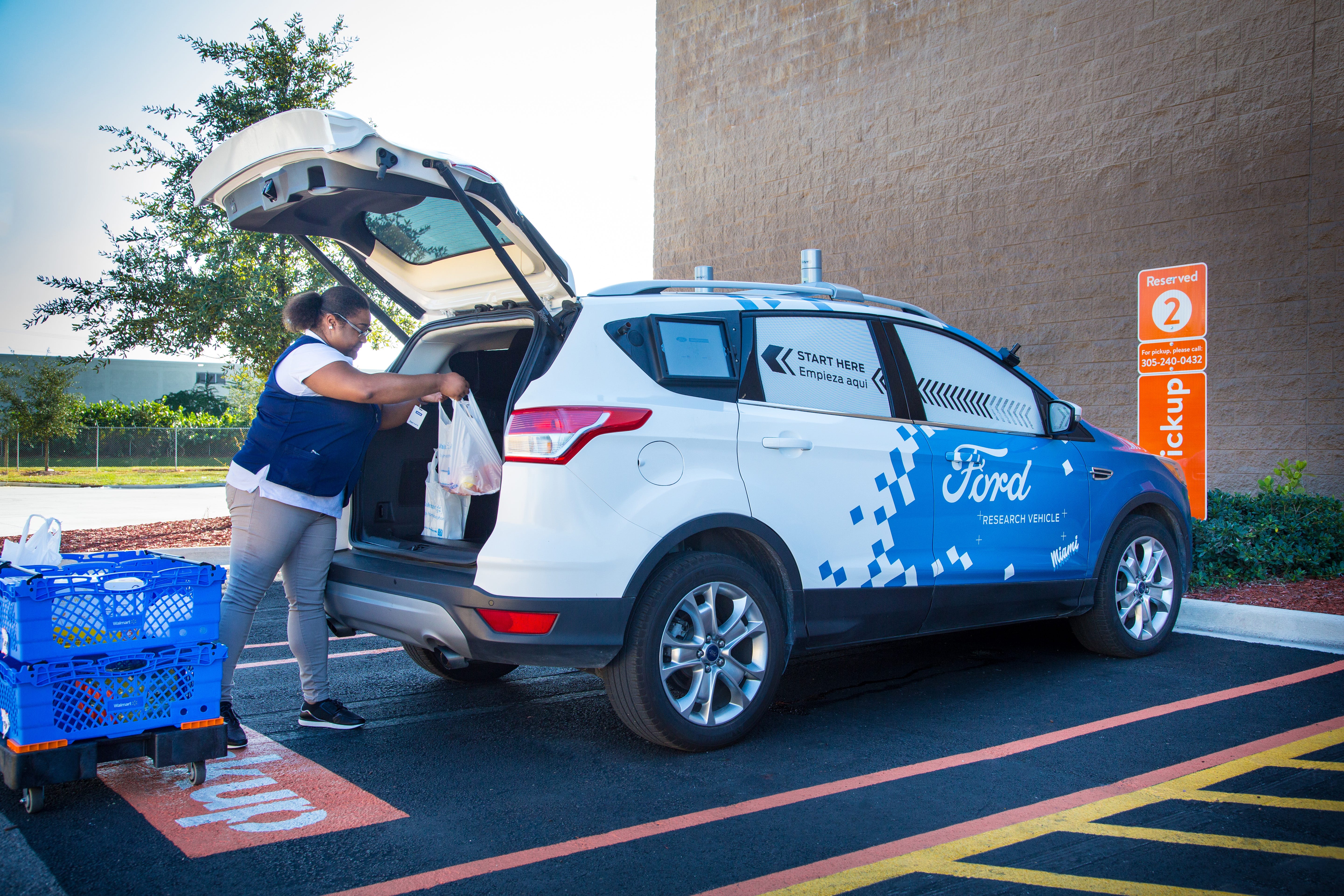Howes: Automakers face 'profit desert' as EVs, self-driving vehicles ramp
 Daniel Howes
Daniel Howes
The auto industry’s profit party is winding down, imperiling jobs, plants and products in a scramble to embrace electrified and self-driving vehicles.
In a sobering new report, industry consultant AlixPartners LLP describes a looming “profit desert.” Crossing it over the next few years could have profound implications for Detroit’s automakers, their place in the next-gen automotive hierarchy, future profit-sharing payouts for members of the United Auto Workers, even the reinvention of the city itself.
The Auto 2.0 spaces of mobility, autonomy and electrification are consuming vast amounts of capital — $85 billion invested in self-driving vehicle projects by 2025 and $225 billion earmarked industry-wide to develop battery-electric vehicles over the next four years — as returns on those investments decline, sales in major markets soften and break-even points approach pre-meltdown levels.
That’s a whole lot of not good. But it explains why General Motors Co. is exiting markets and moving to close five North American plants, why Ford Motor Co. is executing a sweeping restructuring and going all-in on trucks and SUVs in the United States, why Fiat Chrysler Automobiles NV pushed to merge with Renault SA and why it’s still on the hunt for a partner.
“This industry is about to enter what could be a multi-year profit desert,” says Mark Wakefield, global co-leader of AlixPartners’ automotive and industrial practice. “It's not that it's over. It's a true cyclical business, and we should all understand that. There are adjustments and realignments that have to happen. It looks like some slimmer times and some lower return-on-capital times."
No wonder automakers get so little respect from the investor class: even in the best of times, low double-digit profit margins are hard to sustain. Harder still when a whole new automotive world beckons, featuring well-capitalized competitors, pricier electrified powertrains expected to last longer than internal-combustion engines, speedier innovation amid toughening regulatory standards from California to China.
The challenge for industry leaders is articulating to employees, politicians and communities just how profound the coming changes could be and why the past is not a good predictor of future expectations. Who's likely to emerge in leadership positions is not at all certain, nor is the assumption that big automakers will continue to drive an industry ripe for disruption.
"People who think the wind is at our backs and will continue to be at our backs should look at my return-on-capital page," Wakefield added. It's not encouraging: the numbers are ticking steadily downward at automakers and suppliers, from a 20-year high of more than 7% in 2010 to 2.8% last year that comes close to Great Recession levels.
In large part, that's because industry leaders are investing in a future that is neither certain nor generating revenue and profit. Staying competitive in CASE, AlixPartners' acronym for the "connected, autonomous, shared and electric" spaces, consumes capital that cannot be seen on showroom floors or customer driveways.
And the decade-long sales boom is losing steam, predicted to bottom at 15.1 million vehicles sold annually by 2021. Rates on auto loans are rising and terms are lengthening; average transaction prices are increasing, pricing some buyers out of the market; trade tensions and uncertainty are increasing costs for automakers and hobbling long-term decision-making.
Despite booming sales of profit-rich trucks and SUVs in the U.S. market, industry profitability began sliding in 2017 and eroded further last year, with pre-tax margins slipping to 4.6% last year from 6.2% two years earlier. And break-even points, a crucial barometer of financial vulnerability in slower economic times, closed last year at 15 million vehicles up from 10 million vehicles at the end of the Great Recession.
The upshot: costs are rising and automakers operating in the United States are more vulnerable today to declining sales than in the years following the global financial meltdown and the 2009 bankruptcies of GM, Chrysler and major suppliers.
Ford CEO Jim Hackett has said as much: "The company shrank dramatically in the crisis and it almost added all the cost back," he told me last summer. "We had a chance to come back and have scale advantages, but we let that slip away."
Real people are paying the price in restructurings at GM and Ford, among others. Between 2016 and the first half of this year, AlixPartners found, 16 plant closures have been announced and 120,000 full-time jobs — including cuts detailed by Volkswagen AG in the wake of its "DieselGate" scandal — have been marked for elimination.
Powering the shift are adoption of new business models centered on connectivity, autonomy and electrification; dropping sales volumes in major markets, especially China; and the imperative to restructure plant networks, revise product portfolios and reorient powertrains around costlier, but less complex, electric versions.
The move to electrics will not come cheaply. EV powertrains are more than twice as costly as traditional gas engines, and the biggest cost-driver in EVs are batteries — two reasons the shift promises to create a profit desert that automakers will be forced to negotiate until battery prices moderate.
And auto executives may be over-estimating the sales potential of EVs in an SUV-mad world powered by comparatively inexpensive gasoline. Wakefield predicts most automakers will sell just 14,000 copies of EV models by 2022, just 15% of what they normally could expect to sell of a comparable gas-powered model.
"If you're planning for high volume, you're going to be in for a very rude surprise," he said. "The industry has a blind spot here. The jury's out on who's going to come out the other end."
daniel.howes@detroitnews.com
(313) 222-2106
Daniel Howes’ column runs Tuesdays, Thursdays and Fridays. Follow him on Twitter @DanielHowes_TDN, listen to his Saturday podcasts, or catch him 3 and 10 p.m. Thursdays on Michigan Radio’s “Stateside,” 91.7 FM.